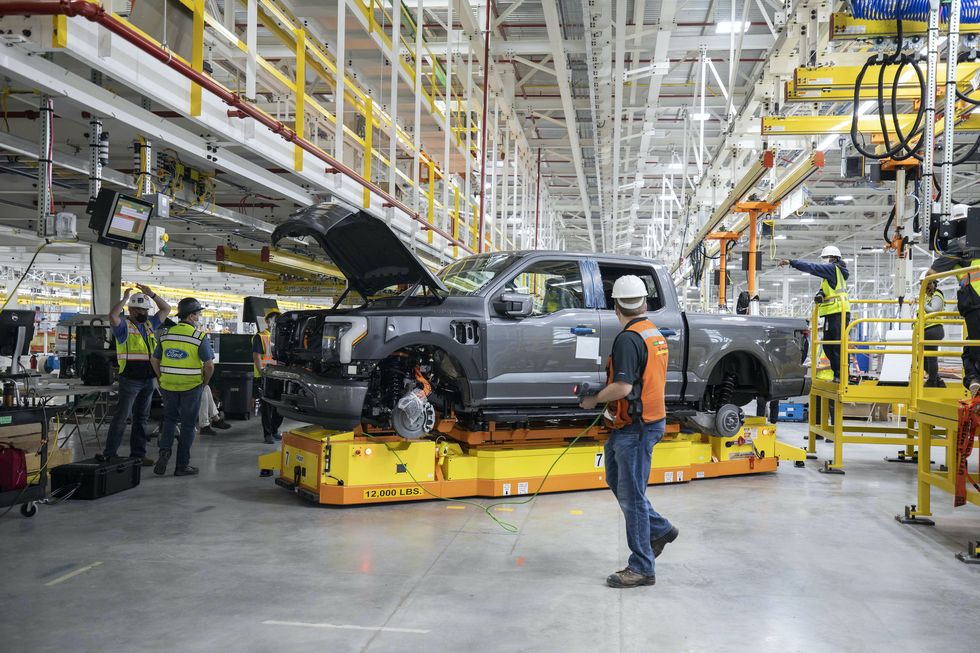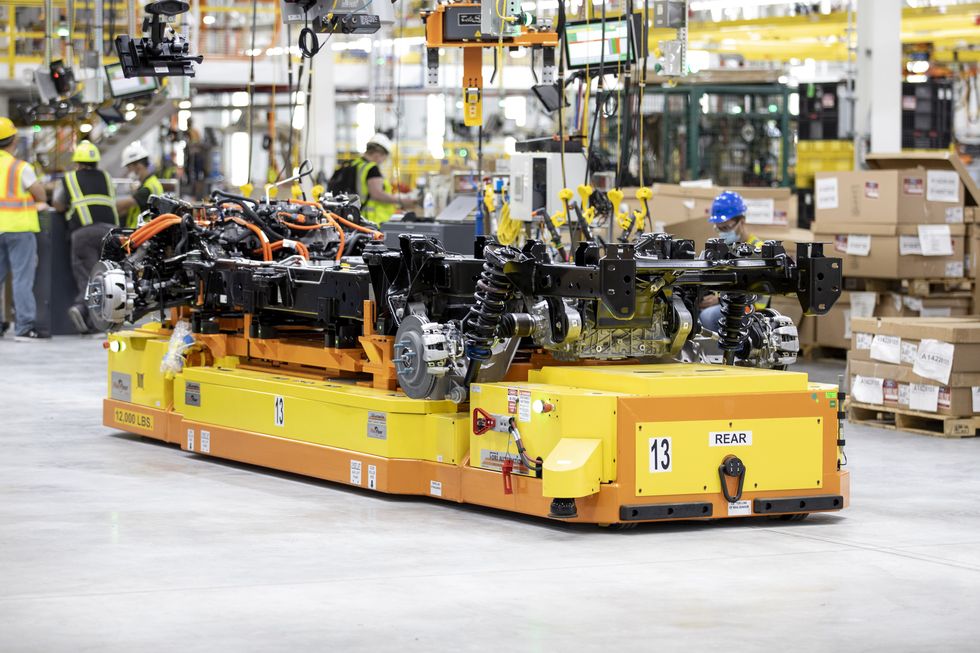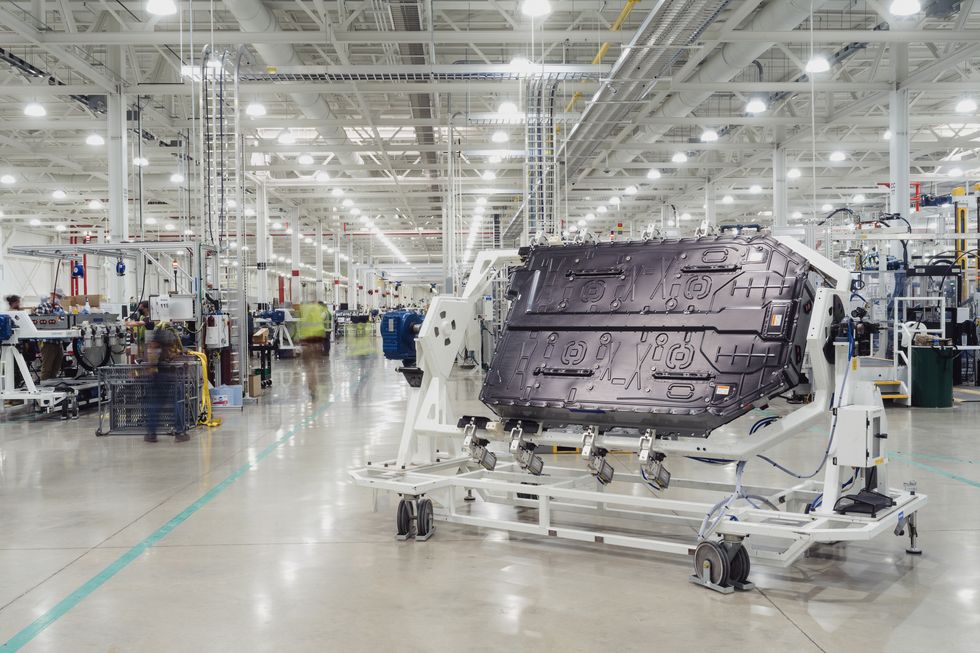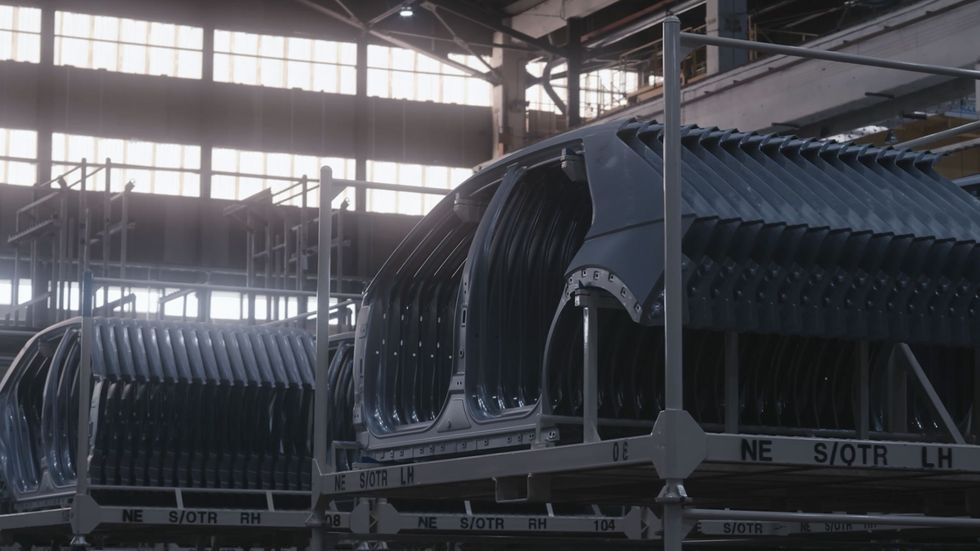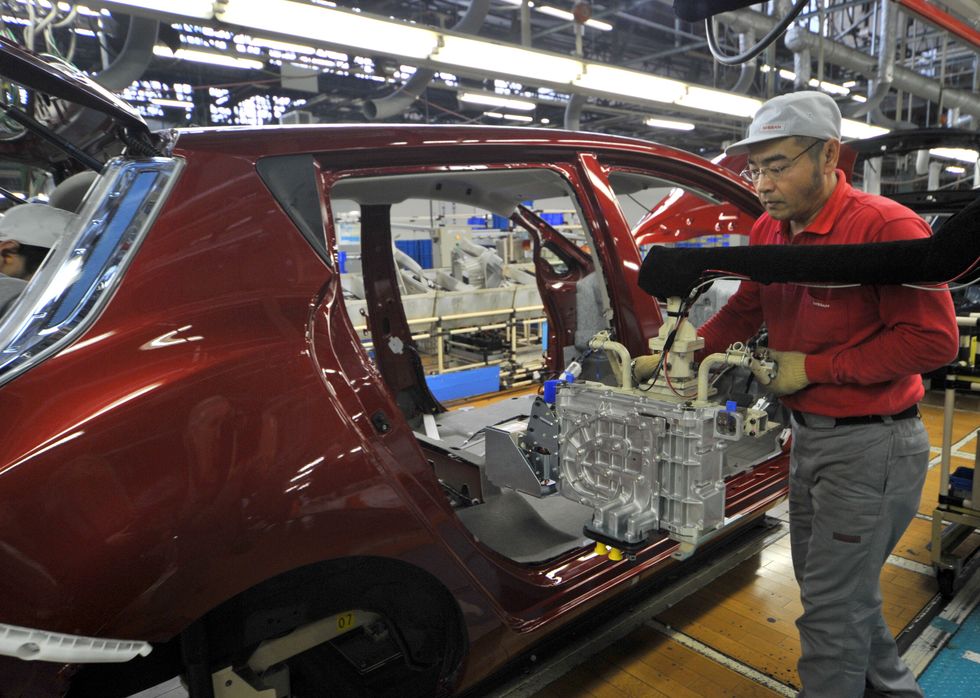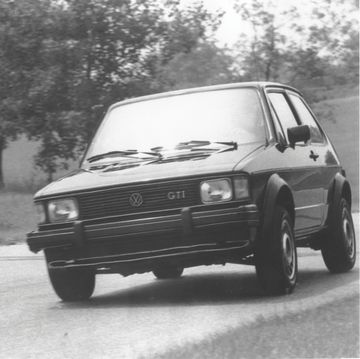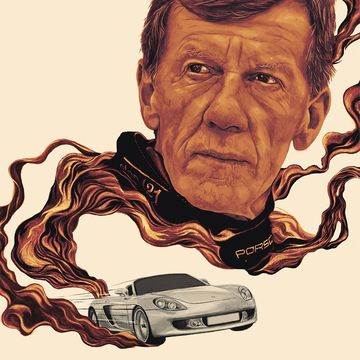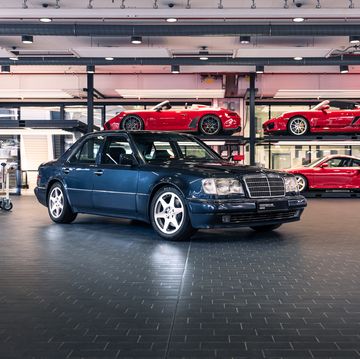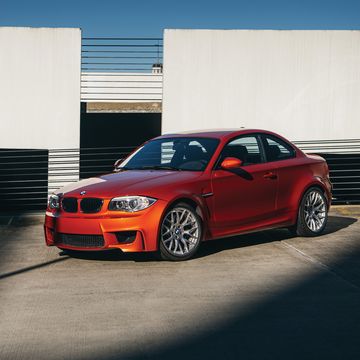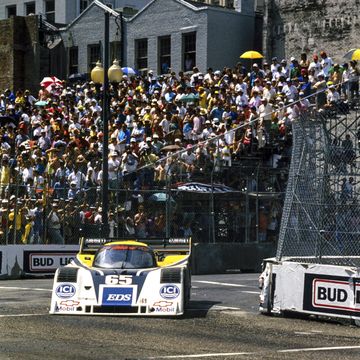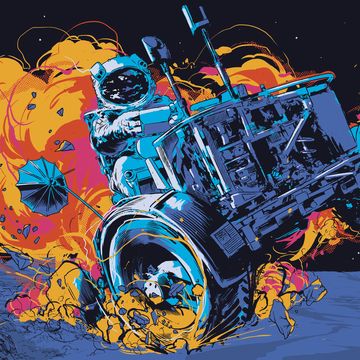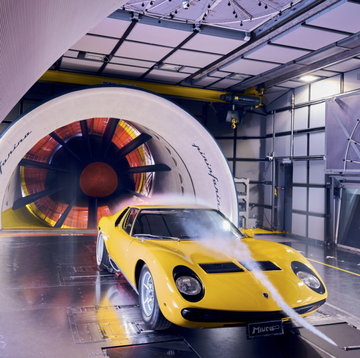As (credit) card-carrying Americans, we’re used to getting what we want, when we want it: Amazon deliveries at terrifying speed. A ranch’s worth of Costco beef. Oddities on Etsy, and the night-whispered fantasies of Bring a Trailer.
This is part one of a two-part explainer on the electric car battery supply chain. Here is how the car industry painted itself into a corner. Up next is what it's doing to knock its way back out.
With 200,000 reservation holders tapping toes in line, dreaming of dusting gasoline trucks, we may take the Ford F-150 Lightning as an example, illustrating just how badly many Americans wanted an electric pickup. So many that even Ford was caught off guard, and is racing to double Detroit production to 150,000 annual units by next year. Darren Palmer, Ford’s vice-president for electric vehicle programs, told me Ford also aims to roughly triple Mustang Mach-E production, to 150,000 yearly. That’s what happens when EVs go from short-range, compromised econoboxes to fully-realized marvels that make gasoline versions seem nearly obsolete, in everything from performance, pollution and NVH to ownership costs for fuel and maintenance.
Demand for the Lightning, Palmer acknowledges, “has shocked everyone,” with Ford cutting off further reservations for now.
But there’s a problem: A looming shortage of lithium-ion batteries that threatens to make EV lines even longer, frustrate would-be buyers, and delay the transition from fossil-fueled transportation to cleaner, radically more-efficient means. It’s a disconnect between automakers’ rosy projections of EV sales and supply-chain reality; a Red Sea gap worthy of Charlton Heston, with no sudden miracles in sight. And it has everyone from Elon Musk to Rivian’s R.J. Scaringe sounding alarms, or suggesting things may get worse before they get better.
“We just don’t have the manufacturing capacity to match the demand,” says Venkat Srinivasan, director of the Collaborative Center for Energy Storage Science at Argonne National Laboratory. “And even if we had a magic wand, we don’t have the mines and materials to supply these things, so there’s a long-term materials challenge.”
On the topographic surface, it might look like automakers have this stuff covered: The Department of Energy counts at least 13 new gigafactories scheduled to rise on our soil by 2025, with about 300 gigawatt-hours (gWh) of new capacity, nearly all in the union-spurning American South. That would be five times today’s 60 gWh capacity, with fast-rising EVs now holding about 4% of the new-car market.
Ford alone expects to add 60 fresh gigawatt-hours in North America by 2025 — equaling today’s total U.S. output — and 140 by 2030, including joint-ops facilities with South Korea’s SK Innovation (SKI) in Tennessee and Kentucky. GM is readying its first Ultium-branded battery plant with South Korea’s LG Energy Solution in Ohio, with more to come in Tennessee and two other locations. Stellantis, Volkswagen and Toyota are laying groundwork for their own energizing battery operations. That 300 gWh estimate doesn’t even include Tesla’s factory in Austin, from which Musk hopes to speed deployment of Telsa’s large-format cylindrical cell — the long-awaited 4680, so named for its dimensions — to power its next-gen cars. Tesla, far ahead of the curve to manufacture its own batteries, says it has plenty to support current production, at least until the tardy Cybertruck demands more capacity from Panasonic or other partners.
On May 2, the White House announced it would kick in $3.1 billion to support companies building new battery factories or retrofitting old facilities (plus $60 million for battery recycling), part of the Bipartisan Infrastructure Law passed last year. The Biden administration is targeting 50 percent of new cars to be EVs by 2030. Several automakers are also chiming in with their own ambitious, possibly unrealistic targets for transitioning from internal combustion to electricity.
That’s because experts don’t see the math adding up. Especially because, as experts like Rivian’s Scaringe warn, a U.S. supply chain for batteries must basically start from scratch.
Srinivasan calculates that converting all new cars in America — figure 17 million in a good sales year — to electric drive would require more than 1,500 gWh a year in batteries. That’s figuring a 90 kWh pack on average in each car. (The Lightning and Rivian each stuff about 130 kWh into their long-range packs, and a Hummer gobbles up 200 kWh, enough to power three smaller cars.) As things stand, America would need to boost capacity by a factor of 25 to get there. Using the administration’s 50-percent target for 2030 would require 750 GhW, more than double the nation’s total projected capacity in 2025 — and that’s assuming every last cell would go into EVs. Grid battery storage, which will compete with EVs for capacity, may need 500 gWh or more of its own. Better get cracking.
Tesla, with new factories in Austin and Berlin, is now on track to sell at least 1.2 million EVs globally in 2022. For everyone else, battery, assembly and chip scarcities are already putting intense pressure on business and pain on showroom floors — including arm-twisting markups from some franchised dealers. (Is that predatory pricing, or classic supply-and-demand? You decide.) Even if Ford can ramp up on schedule in Detroit, people near the back of the existing Lightning line will surely be waiting until 2024 to show off a truck in their driveway. Make them wait too long, and some customers will inevitably drift elsewhere.
Until the entire EV ecosystem can expand, automakers — including giants in Europe and Asia with their own outsize electric ambitions — must fight for customers with one hand tied behind their back. Hyundai Motor can’t build its knockout tag-team, the high-design Hyundai Ioniq 5, Kia EV6 and now Genesis GV60, fast enough. The Ioniq 5 is the first car in Hyundai history to go on sale in Europe first, rather than its home country, to help satisfy Euro regulations and red-hot demand. That has salivating U.S. prospects essentially third in line, or roped off entirely: The Ioniq 5 is only being sold in 19 states that hew to California emissions rules. It’s a similar story with Ford, which has sent the majority of Mexican-made Mach-Es to Europe, rather than America, even as it ramps up Mach-E production in China.
Battery experts acknowledge that the current shortfalls may have been inevitable. Automakers didn’t have the cars, so there were no customers — or vice-versa, depending on your take. Without customers, suppliers had no interest in developing tech, tooling and components for a worthless trickle of business, including insincere runs of compliance cars. That chicken-egg conundrum tripped up every would-be EV maker, until Tesla came along. That's including Nissan (which had been making lithium-ion EVs since the 1990s) when it went pioneering with the first Leaf around 2011. With lithium-ion cells outstandingly expensive at the time, Nissan was forced to create its own joint-ops, in-house “spinel” battery, which ended up notoriously trouble-prone. The Leaf’s already-scanty range quickly degraded, especially in easy-bake Southwestern climes.
It’s easy to chuckle now at that quaint, trembling Leaf, its scrawny 24-kWh pack and 77-mile-range. Yet as I’ve grown tired of mentioning, we’re still waiting for any non-Tesla EV to beat the Leaf’s American record of 30,100 sales in 2014. The Mach-E — a virtual Starship Enterprise of power, stamina and tech compared with the Nissan of a decade ago —may sneak past it here in 2022, but the race remains tight.
That’s clearly due to constrained production, not consumer desire.
If Ford can hit its targets, the Lightning should be a shoo-in to set an American sales record for any EV not wearing a Tesla badge. Ford’s Palmer says the company is well aware of the stakes, including the need to get the trucks into customers’ hands and convert them, possibly for good. Three out of four Lightning reservation holders have never owned a Ford. Four of five are buying their first-ever EV.
“We know everyone is going to want these batteries because of the improvements in electric cars,” Palmer says. “We’re rushing, and we have whole departments entirely focused on how we will get supply at the rates we’ve shown.”
As automakers jostle to forge long-term contracts and nail down their share of limited battery supplies, Palmer notes that these are not small challenges. Massive scale and longstanding supplier relationships, he says, “can separate the big players from the start-ups."

